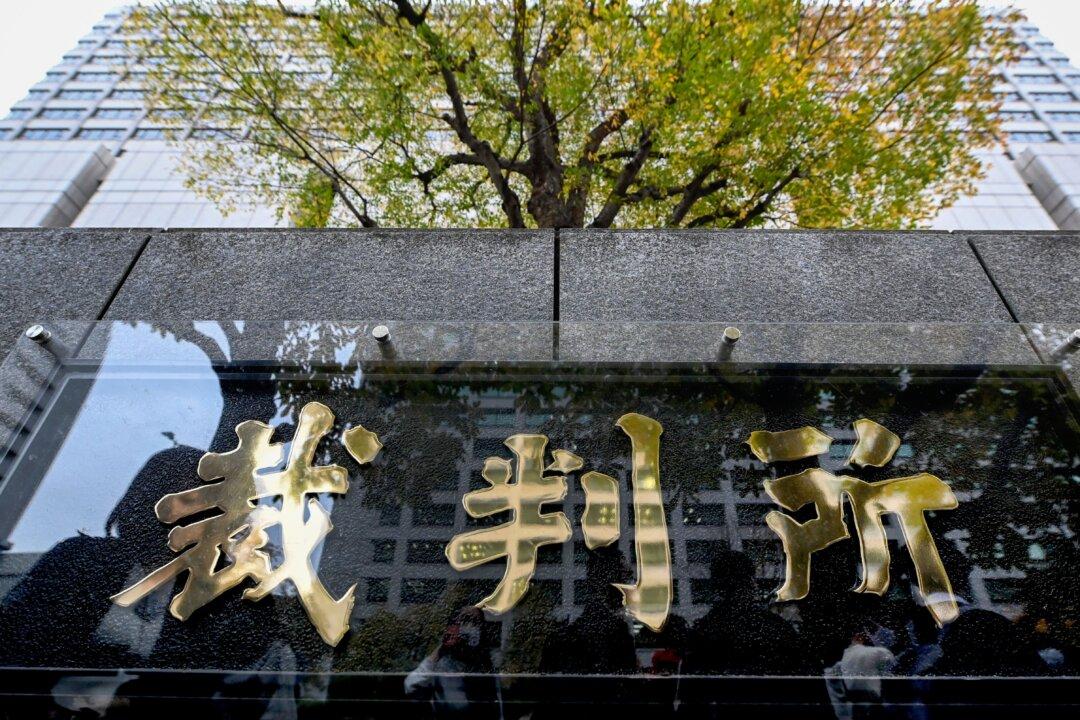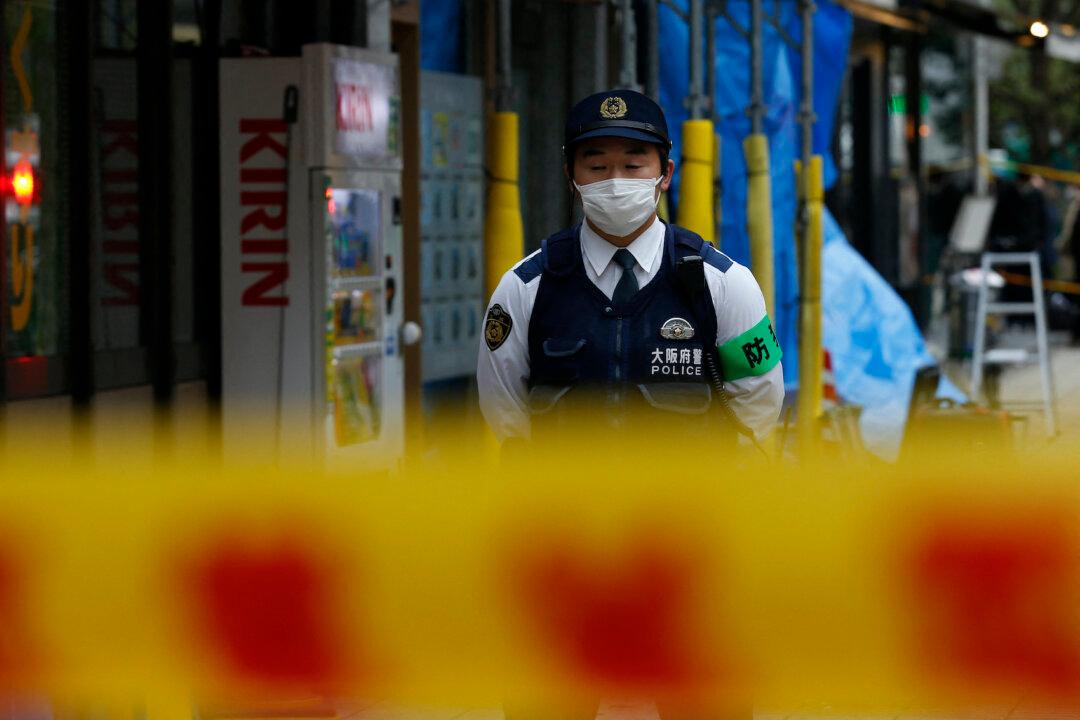In a significant move during the G7 trade ministers’ meeting in Osaka, Japan, a joint declaration was made advocating for the swift repeal of international bans on Japanese seafood imports. This initiative comes against the backdrop of intensified scrutiny over China’s aquatic products, which have reportedly surpassed acceptable heavy metal limits.
The meeting concluded on Oct. 29, and culminated in a unified call to action, urging the prompt elimination of embargoes that hinder the trade of Japanese aquatic goods, which also includes the latest import restrictions on Japanese foods. Although no direct references were made, the statement appeared to implicitly challenge the Chinese Communist Party (CCP), demanding an end to the embargo on Japanese food items.





